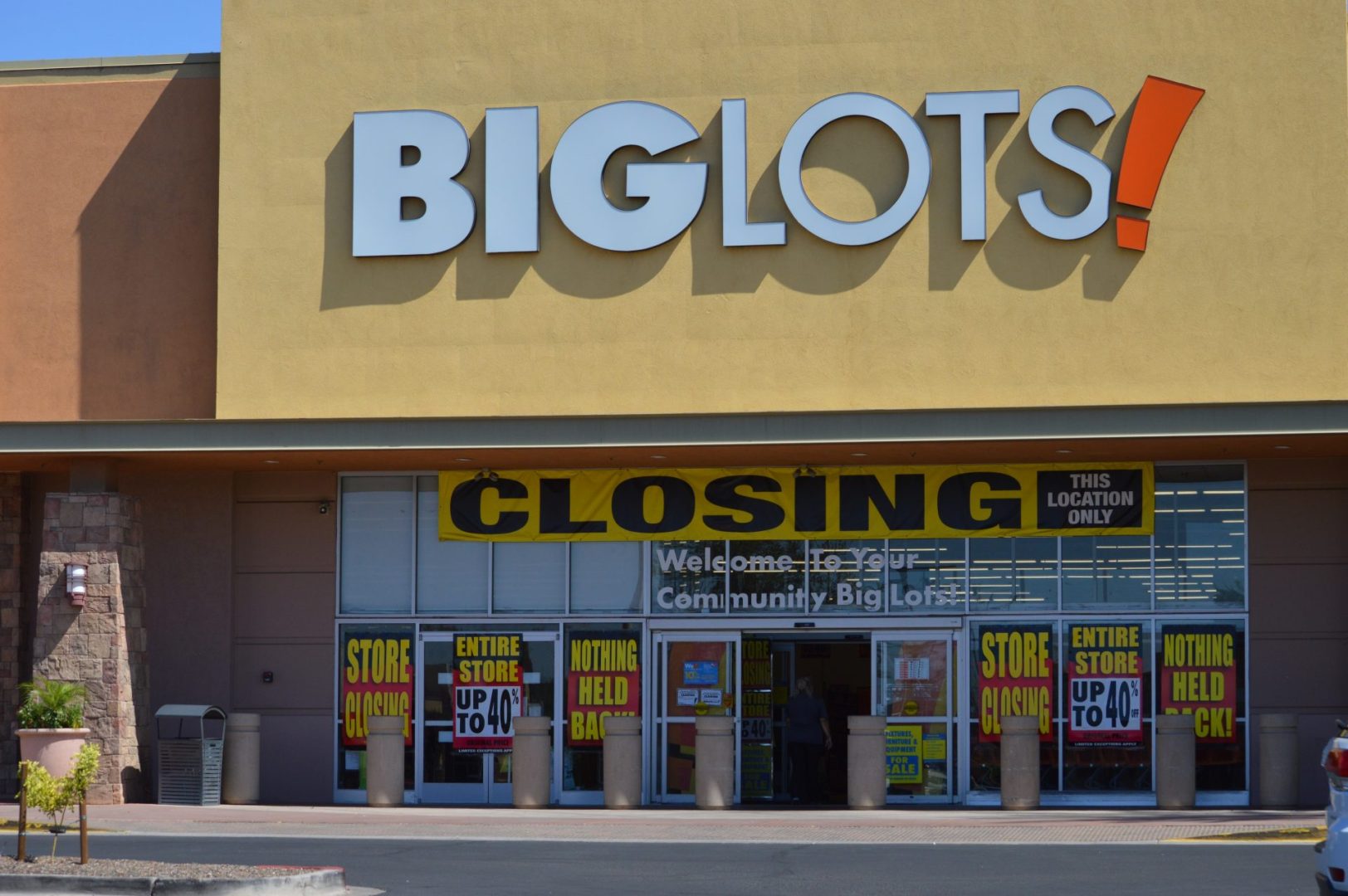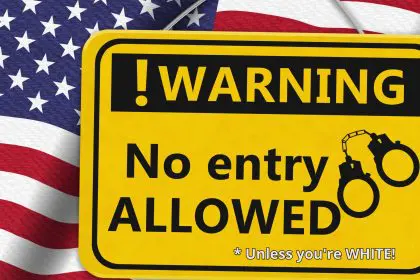In an era where retail giants frequently fade into memory, Big Lots has orchestrated what many consider an impressive comeback story. The discount retailer — known for its strategic blend of everyday essentials and surprise luxury finds at accessible price points — has secured a crucial agreement that promises to preserve hundreds of locations across the country.
A new chapter unfolds for the neighborhood favorite
The transformation began earlier this month when the retailer — facing significant headwinds — initiated nationwide closing sales. However, in a swift turn of events that defies the typical retail closure narrative, Big Lots has emerged with a promising partnership with Gordon Brothers Retail Partners that could fundamentally alter its trajectory.
The deal’s cornerstone involves Variety Wholesalers acquiring between 200 and 400 Big Lots locations, along with up to two distribution centers. This strategic move aims to maintain the Big Lots brand, preserving a shopping experience that has become deeply woven into the fabric of many communities over decades.
Preserving more than just retail spaces
The significance of this agreement extends far beyond the preservation of physical stores. At its core, the deal represents a lifeline for countless employees who have built careers within the company. The retention of both store associates and corporate staff positions stands as a testament to the deal’s comprehensive approach to business preservation.
This emphasis on workforce retention resonates particularly strongly in urban communities where Big Lots stores often serve as significant employers and economic anchors. The preservation of these jobs maintains vital economic stability in neighborhoods where retail employment opportunities have historically played a crucial role in community development.
Redefining the discount retail experience
While the transaction awaits court approval, its implications for the retail landscape are already apparent. Big Lots’ potential revival signals a broader shift in how traditional brick-and-mortar retailers can adapt and evolve in response to changing market conditions.
The store’s unique positioning – offering a mix of furniture, seasonal decor, and everyday essentials at value prices – has long attracted savvy shoppers who appreciate quality without premium pricing. This business model has proven especially resilient in communities where access to affordable home goods and essentials remains a priority.
Community impact and cultural significance
Over the years, Big Lots has evolved beyond its role as merely a retail establishment. In many neighborhoods, these stores have become cultural touchstones – places where families shop for holiday decorations, where first-time homeowners furnish their spaces and where generations of shoppers have discovered unexpected treasures at accessible price points.
The preservation of these locations maintains more than just shopping opportunities; it sustains a legacy of community connection. In areas where retail deserts have become increasingly common, Big Lots stores often serve as vital access points for essential goods, making their continued operation crucial for community well-being.
Innovation meets tradition
The revitalization plan suggests a forward-thinking approach to maintaining Big Lots’ presence while adapting to contemporary retail challenges. This balance between preservation and innovation could serve as a model for other retailers facing similar challenges in today’s dynamic market environment.
By maintaining the brand’s identity while potentially introducing new operational efficiencies, the agreement opens possibilities for evolution without sacrificing the core values that have made Big Lots a trusted name in many communities. This approach acknowledges both the historical significance of the brand and the necessity of adaptation for future sustainability.
Looking toward a sustainable future
As Big Lots navigates this transition, the focus extends beyond immediate survival to long-term sustainability. The agreement’s structure suggests a comprehensive approach to revitalization, considering not just financial metrics but also community impact and employee welfare.
The preservation of distribution centers alongside retail locations indicates a commitment to maintaining efficient operations while potentially exploring new opportunities for growth and development. This infrastructure retention positions Big Lots to potentially expand its service offerings and adapt to evolving consumer needs.
A model for retail resilience
The Big Lots revival story offers insights into the potential for traditional retailers to navigate contemporary challenges while maintaining their essential role in community life. As the retail landscape continues to evolve, the lessons learned from this transformation could prove valuable for other establishments facing similar challenges.
The agreement’s success could demonstrate how traditional retail models can adapt to changing market conditions while preserving the community connections and employment opportunities that make these stores integral parts of local economies. This balance between adaptation and preservation might well become a blueprint for retail resilience in an increasingly dynamic market environment.
As Big Lots moves forward with this transformative agreement, its story represents more than just corporate survival; it embodies the potential for established retail institutions to evolve while maintaining their crucial role in community life. The coming months will prove crucial in determining how this vision translates into reality, but for now, the path forward appears promising for this longtime community fixture.
















